NatGeo documentary to highlight Millsaps groundbreaking work in Yucatan
Sharing the history of the Mayan culture with Millsaps College has been the life's work of George Bey, Ph.D.
In a National Geographic documentary series, he is sharing his work with the world.
"The Rise and Fall of the Maya," a four-part documentary series, is expected to make its American debut in the upcoming weeks. Episode 2, Civilization, will highlight Bey, Millsaps professor Evan Parker and other Millsaps students and staff as new evidence is unearthed in Mexico’s Yucatan, transforming long-held ideas about the growth of the Maya civilization.
The entire documentary shows that despite decades of research, many mysteries remain about the ancient Maya. Archaeologists, including Bey and Parker are discovering new clues that give pause to how these people came to dominate vast areas of Mexico and Central America. Through lost monuments, ancient inscriptions and new forensic evidence, this series tracks the Maya from their earliest origins all the way to the present day, unlocking the secrets of the rise and fall of the Maya.
All of Episode 2 was filmed at a 4,500-acre bio-cultural reserve in the Yucatan that is operated and maintained by Millsaps College.
Archeology in Jackson: Bioarchaeologist project works to exhume, identify some 7,000 asylum patients. Details here
"We call ourselves a reserve without boundaries and there are a number of archeological Mayan sites that we also work at," Bey said. "Millsaps coordinates these programs, but we work with a number of other colleges and universities, including the Mexican government."
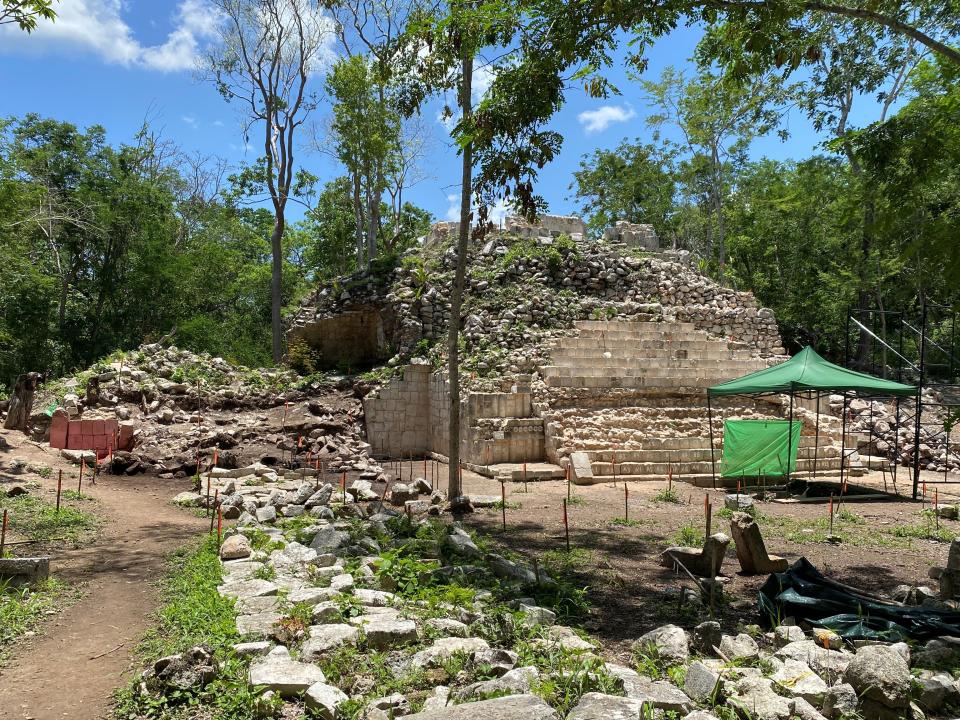
Bey is a professor of Anthropology at Millsaps College. He has worked in Mesoamerica since 1980 and for the last 23 years has served as co-director of the Bolonchen Regional Archaeological Project. He was also the subject of a 2016 National Geographic documentary "Quest for the Lost Maya." Bey also serves as president of the international non-profit organization Kaxil Kiuic A.C.
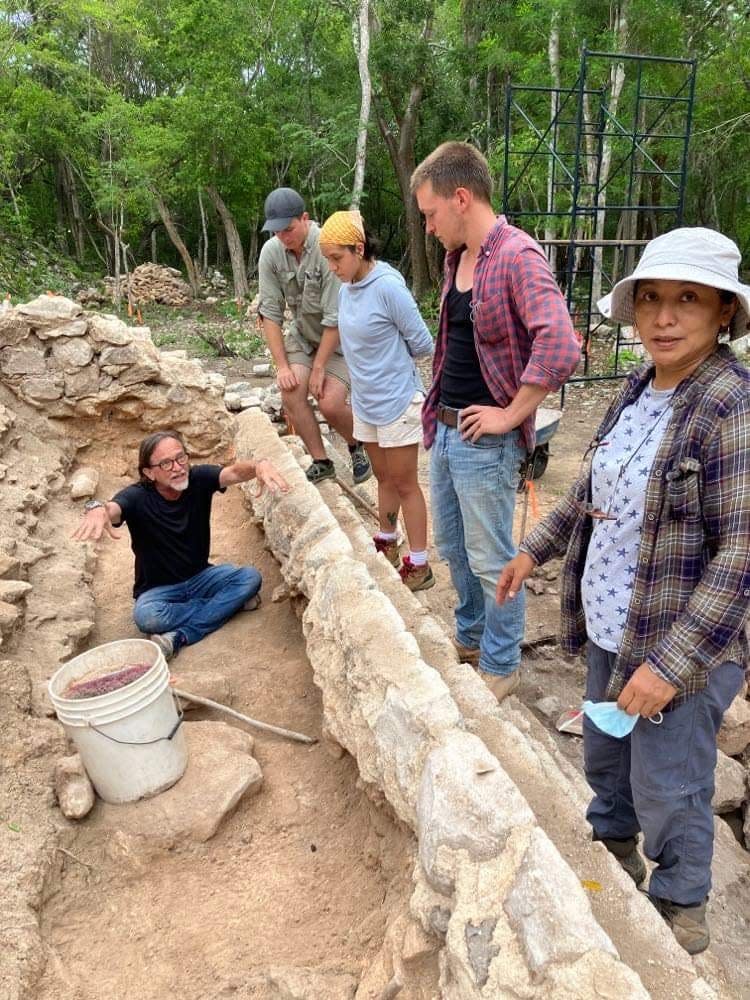
"Episode 2, Civilization, will be looking at the evolution of Mayan culture in the northern part of the Yucatan region," Bey said, adding he has not seen the finished product, but has seen portions of what will air.
Artifacts in gator belly: How did artifacts, thousands of years old, turn up in a Mississippi alligator's stomach?
He said the documentary shows important evidence that dates between 900 B.C. and 300 A.D., which predates much of what many experts thought about when the Mayans were in the Yucatan.
"We have been very fortunate to be able to find a lot interesting artifacts, trade goods, burials as well as large monumental architecture," Bey said. "So, this episode will focus on a number of our sites, artifacts and acropolian pyramids."
Millsaps making Jackson work: Three Midtown Jackson projects primed for success in 2023
In the first episode, scientists discover Aguada Fenix, a monumental 3,000-year-old Maya structure and uncover the secrets of the ancient monument.
New academic programs: Mississippi colleges introduce new academic programs to meet demand. Learn what they are
The second episode, featuring Bey and the Millsaps team, picks up from there.
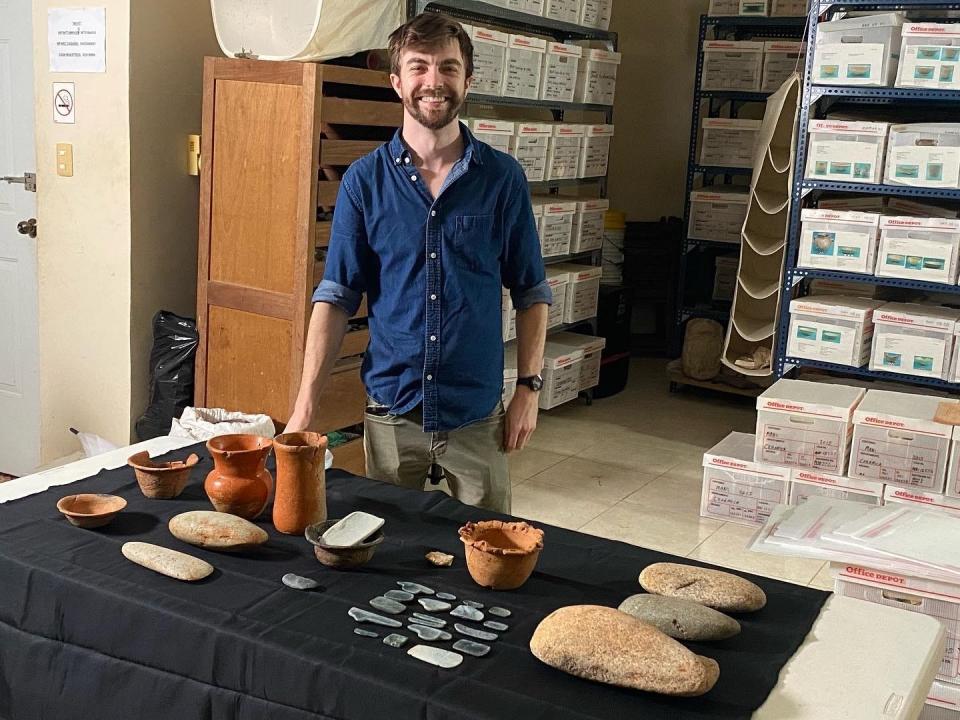
After the entire four-part series has been shown on National Geographic, it will migrate to Disney-Plus, which owns the National Geographic Network. It has already appeared in the United Kingdom, Mexico and Brazil. It debuted in Africa and the UAE this past weekend.
"As a small, liberal arts college, this is important for Millsaps, because this shows how we are one of the most important schools in the U.S. when it comes to Maya studies," Bey said. "So, for us to be highlighted like this shows the quality and importance of the school's research program."
Technology has changed archeology
Bey's and Millsaps' work going forward in the Yucatan will be to focus on the high point of the Maya culture and the collapse of the culture. He spends about three months out of the year in the Yucatan while teaching on the Millsaps Jackson campus the rest of the year.
One thing that is expediting the process of discovery is a relatively new way of searching the jungles, called LiDAR or Light Detection and Ranging. It is a remote sensing method used to examine the surface of the Earth.
"We now have about 500-square kilometers of LiDAR data, which has produced thousands of new buildings and hundreds of new sites," Bey said. "So, part of our future will be exploring these new archeological sites that have shown up on our LiDAR project."
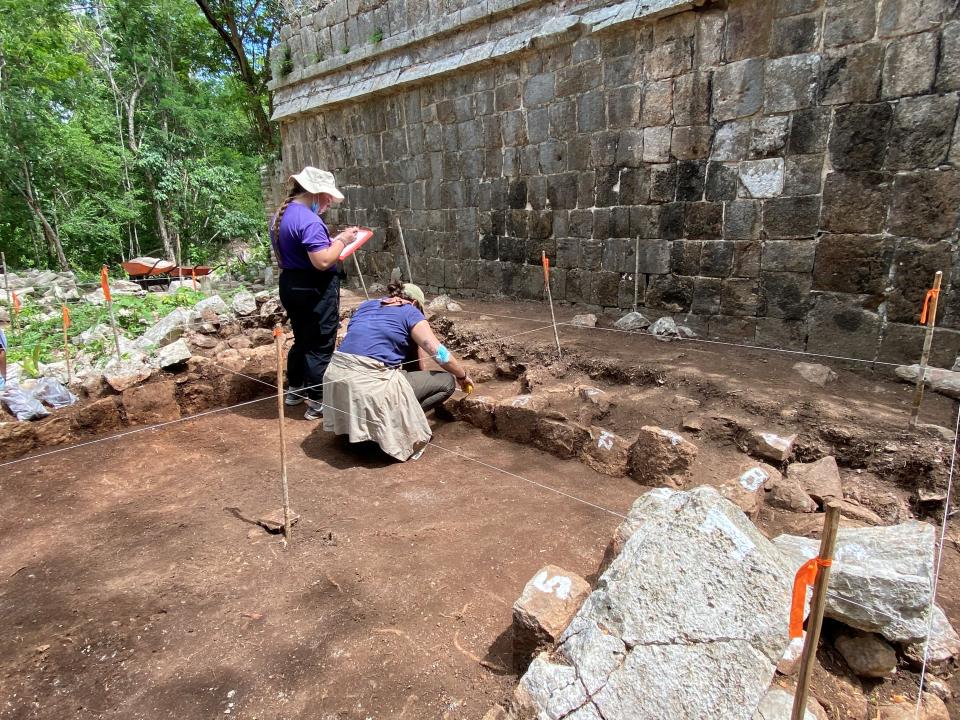
In the past, archeologists would go out and set up a line and hack their way through the jungle looking for possible areas of interest. Then they would search a large area, hoping they had picked an accurate spot based on an educated guess.
"Sometimes that process could take years to bare fruit," Bey said. "With LiDAR, it tells us where everything is down to the smallest structure. So, instead of hunting for the stuff, we download the information and identify the location. Then we head out into the woods and go directly to the where the objects are. We don't have to hunt them any more."
So, instead of taking a year, a project can be identified in months.
More than 20 years in the Yucatan
The Millsaps College project in the Yucatan began in 2000 and has led to an enormous amount of information and data having been collected.
"It's important to note that our work has re-written the early history of Maya civilization in this region," Bey said. "So, everything that you see highlighted in the pre-classic period of the documentary is new as a result of the work that we have done."
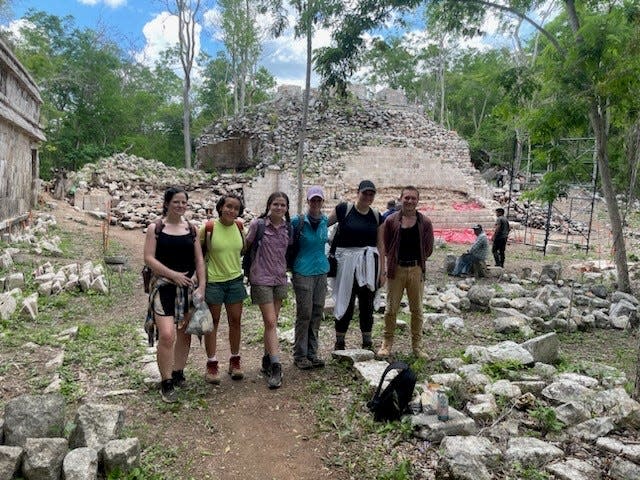
Prior to the work Millsaps has done, it was thought that most of this part of the Maya world wasn't developed until around 700 A.D.
"However, we now know that people began building complex societies around 900 B.C.," Bey said. "The history for the region, the models and theories for the rise of the Maya in this part of the world are completely being re-written because of the work of the Millsaps Project and its partners."
Ross Reily can be reached by email at rreily@gannett.com or 601-573-2952. You can follow him on Twitter @GreenOkra1.
This article originally appeared on Mississippi Clarion Ledger: Documentary highlights discoveries by Millsaps

